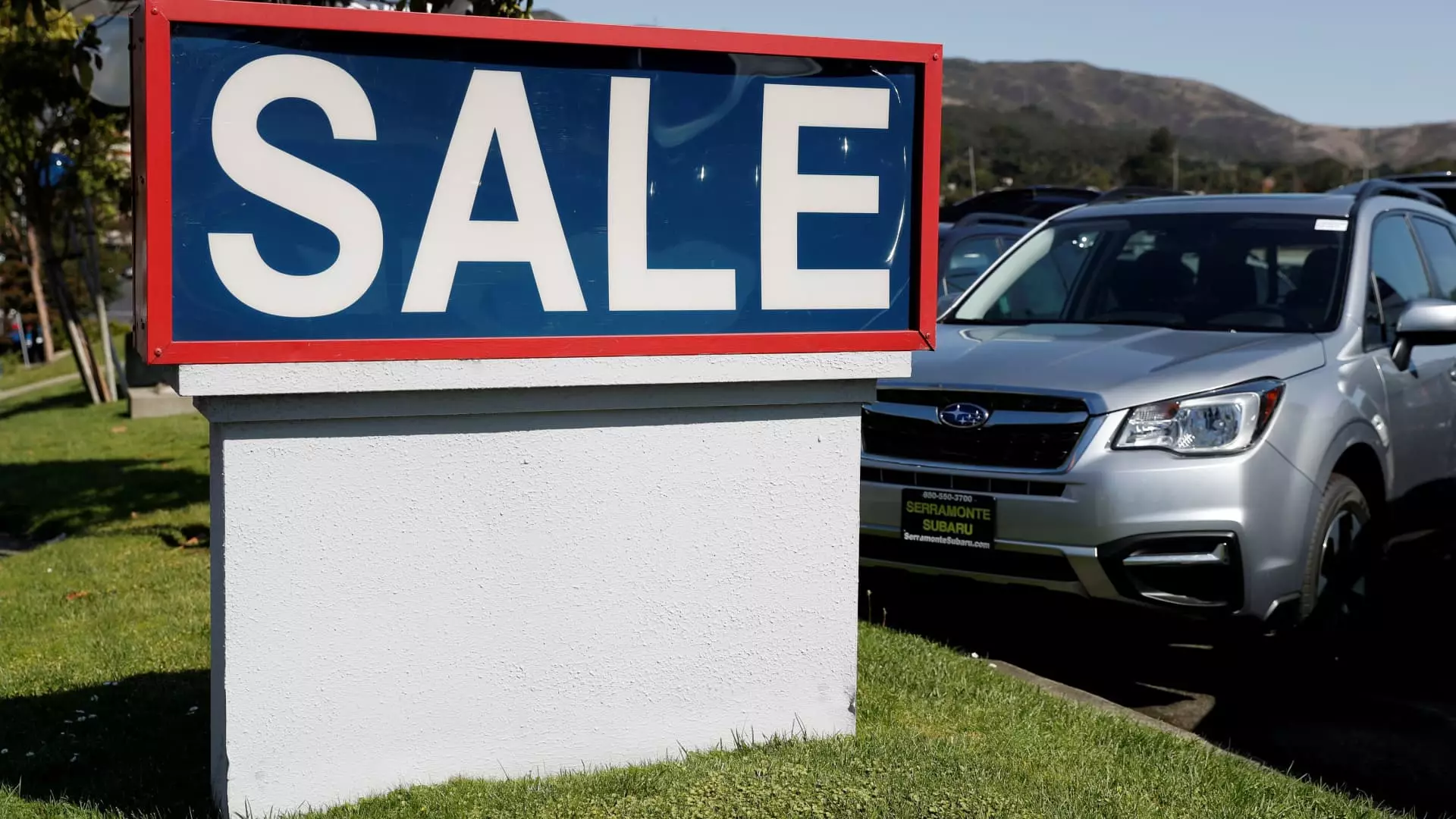As the automotive industry continues to navigate a post-pandemic landscape, experts predict a rebound in new vehicle sales that could reach levels not seen since 2019. This anticipated growth has roots in an evolving market, which includes lower interest rates, shifting consumer preferences, and changing economic conditions. In this article, we will delve into these factors and explore the expected trends in vehicle sales, focusing particularly on the influences shaping the automotive landscape for 2025.
A Positive Market Outlook
According to projections from Cox Automotive, new light-duty vehicle sales are expected to hit approximately 16.3 million units in 2025. This marks a slight increase over forecasts provided by S&P Global Mobility and Edmunds, which suggest figures closer to 16.2 million. In contrast to the year 2024, where sales are pegged between 15.9 million and 16 million, this forecast signifies a notable rebound. While a mere 2.5% increase may seem modest, it reflects a stronger automotive market gaining its footing amidst ongoing economic fluctuations.
Industry analysts attribute this comeback to a “normalization” of vehicle inventories, a critical shift that follows years of constrained stocks and inflated pricing due to pandemic-related disruptions. Consumers are beginning to see an easing of financing options and loan rates, which has led to improved affordability in the automotive market. Jessica Caldwell, head of insights at Edmunds, encapsulates this sentiment, indicating that while consumers still face financial challenges, the market conditions have become more favorable for potential car buyers.
One significant trend that is anticipated to emerge is the increased demand for entry-level and less expensive vehicles. Economic pressure has compelled many consumers to seek cost-effective transportation solutions, thereby focusing on budget-friendly options. Important context here includes the average transaction price for new vehicles, which stands at $47,465 for 2024. While this represents a marginal decline from previous years, it is still dramatically higher than the $37,310 average observed in 2019 — signaling lingering price sensitivity among buyers.
The need for affordable vehicles is further exacerbated by rising living costs, prompting buyers to reconsider their automotive choices. This shift in focus may catalyze a broader production pivot among manufacturers, directing resources towards developing budget-friendly models that help address the changing market demands.
Another focal point of this anticipated automotive resurgence is the sector of electrified vehicles, which includes hybrids, plug-in hybrids, and fully electric models. Cox Automotive forecasts that sales of all-electric vehicles in the U.S. will set a new record in 2024, reaching approximately 1.3 million units. This upswing represents a growth in market share to around 8%, albeit slightly lower than earlier projections expecting a 10% figure. Notably, this growth occurs even as long-standing market leader Tesla experiences an unexpected decline in sales for the first time since 2014.
While Tesla, alongside competitors like the Hyundai Motor Group and General Motors, dominates the EV space, analysts caution that the market is evolving. Various manufacturers are slowly eroding Tesla’s market share, highlighting a competitive landscape that is intensifying as more automakers enter the electrified vehicle arena. Additionally, the anticipated penetration of electrified vehicles could reach 25% of overall new vehicle sales by 2025, underscoring a significant shift towards sustainable transportation.
The Shadow of Policy Change
Nevertheless, looming uncertainties regarding federal policies may influence future sales trajectories. Regulatory challenges, including the possible termination of consumer incentives for electric vehicle purchases, could diminish the growth momentum in this sector. As the political landscape evolves, so too does the potential for tariff-related disruptions impacting vehicle production across North America. Jonathan Smoke, chief economist at Cox Automotive, emphasizes that any abrupt policy shifts could lead to significant disruptions in the market.
Despite these complexities, the overarching sentiment suggests that auto manufacturers will be able to maneuver through these challenges, albeit with caution. Analysts point out that higher incentive rates and declining vehicle pricing present a nuanced picture, where the anticipated spike in sales may not necessarily translate to enhanced profits for automakers. As pricing remains elevated yet gradually slows in growth, there emerges a delicate balance between consumer advantage and manufacturer profitability.
The landscape of U.S. new vehicle sales presents a mix of uncertainty and optimism as we approach 2025. While the expected rise in sales numbers signals recovery, the dynamic interplay of consumer preferences, economic realities, and regulatory environments will ultimately shape the trajectory of the automotive industry in the coming years. As market participants prepare for these unfolding trends, a keen understanding of both consumer demands and industry responses will be paramount in navigating this evolving terrain.

